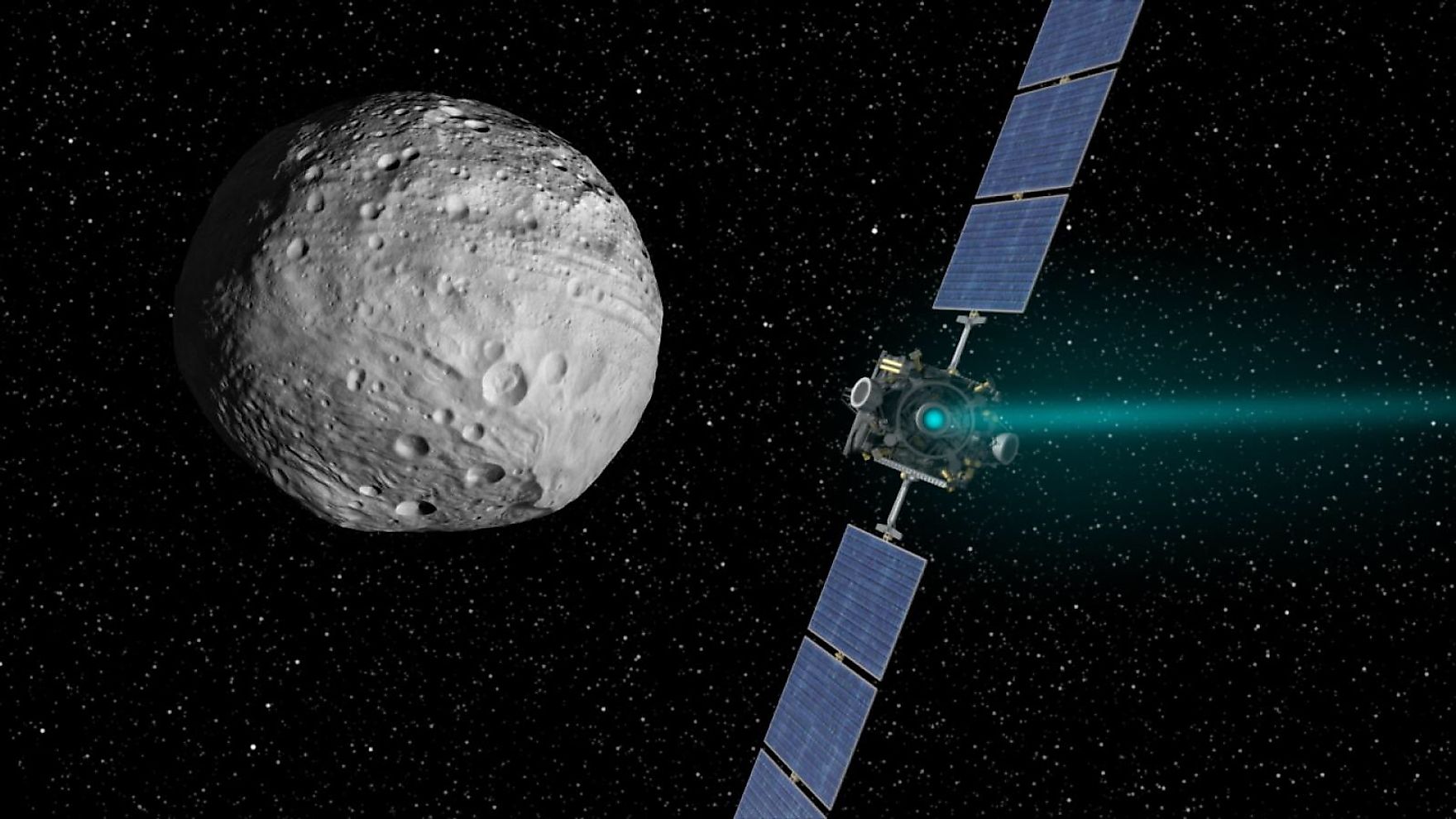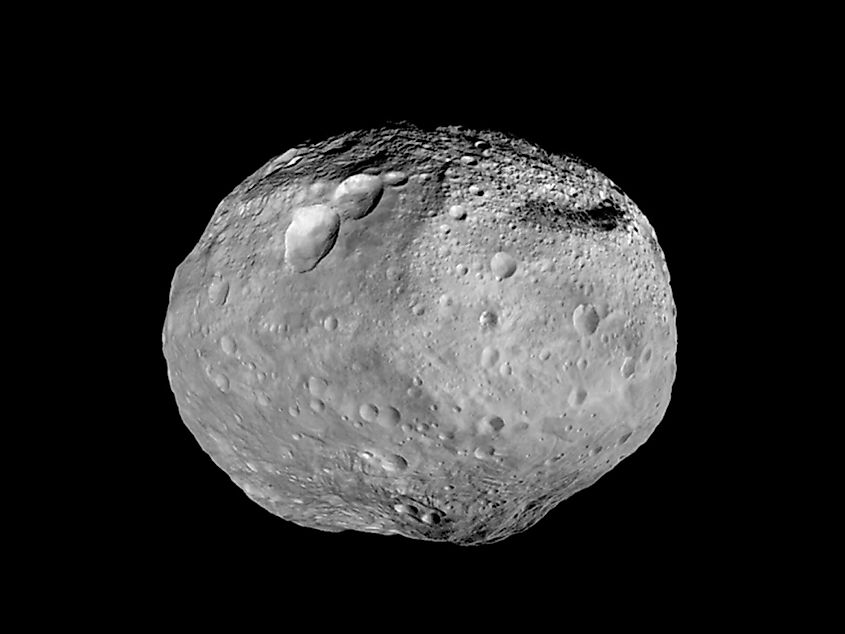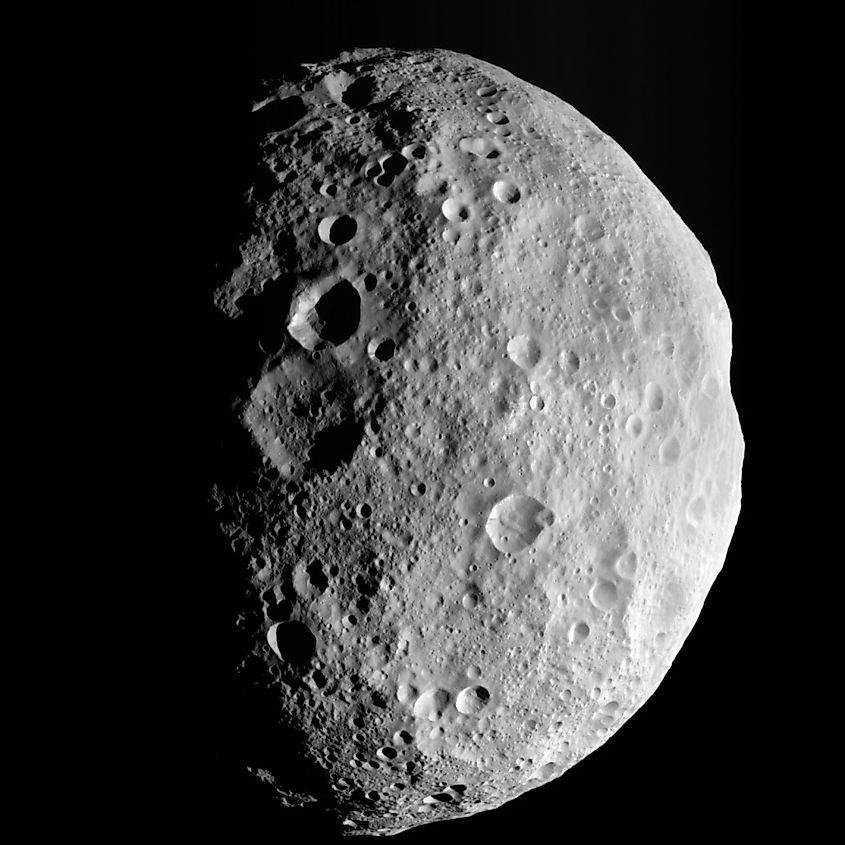
The Largest Asteroid In The Solar System
Asteroids are leftover debris from the formation of the solar system. The vast majority of the asteroids in our solar system are located within the Asteroid Belt, which orbits the sun in between the orbits of Mars and Jupiter. Astronomers estimate that there are millions of asteroids within the Asteroid Belt, ranging from the size of a pebble to a few miles across. Some, however, can be significantly larger than most. To date, the largest asteroid ever discovered was also one of the first to be discovered. Called Vesta, it is 326 miles (525 kilometres) in diameter.
Discovery

The first object discovered in the Asteroid Belt was Ceres. Ceres was discovered by the astronomer Giuseppe Piazzi in 1801. Initially, Piazzi believed he had found a comet, yet further observations revealed that it was in fact something else. Piazzi believed he had discovered a new planet, yet Ceres was later reclassified as an asteroid. Today, Ceres is defined as a dwarf planet. Although Ceres may not have been a true asteroid when it was discovered, it directly led to the discovery of other asteroids and the Asteroid Belt as a whole.
Subsequent observations of Ceres and its orbital path began revealing a number of other objects. A year after Ceres was discovered, astronomers discovered another large object located between the orbits of Mars and Jupiter. As was the case with Ceres, astronomers believed this newly discovered object was a planet, yet it was also later reclassified as an asteroid. The object was named Pallas, and it was the first true asteroid ever discovered. Interestingly, astronomers believed that Ceres and Pallas may be remnants of a planet that was destroyed long ago, and so they began searching for more debris. Astronomers thought that by looking in areas where the orbital paths of Ceres and Pallas intersected, they would find more debris. Although we now know today that Ceres and Pallas are not the remnants of a planet, astronomers began finding more asteroids where the orbital paths crossed, something that turned out to be total coincidence. In 1807, while looking in the constellation Virgo, astronomer Heinrich Olbers discovered a large asteroid that became known as Vesta.
Characteristics

Vesta is the largest asteroid in the solar system and the second largest object in the Asteroid Belt after Ceres. Interestingly, Vesta is likely the largest object to have formed within the Asteroid Belt, since Ceres is believed to have formed in the outer solar system billions of years ago. Although Vesta is the largest and most massive asteroid, its gravitational pull is still far too weak to pull the object into a spherical shape. Rather, Vesta appears elongated. Vesta orbits the sun at an average distance of 232 million miles (373 million kilometres) within the inner regions of the Asteroid Belt. At this distance, it takes Vesta around 3.6 years to complete one orbit around the sun.
Temperatures on the surface of Vesta can fluctuate wildly. The gravitational pull of the asteroid is far too weak to hold onto any kind of atmosphere, and so there is no way for Vesta to regulate temperature. Thus, when the sun shines upon the surface of Vesta, temperatures are far warmer than when there is no sunlight. During the day, temperatures on Vesta average around minus four degrees Fahrenheit (minus 20 degrees Celsius). At night, however, they drop to as low as minus 310 degrees Fahrenheit (minus 190 degrees Celsius).











